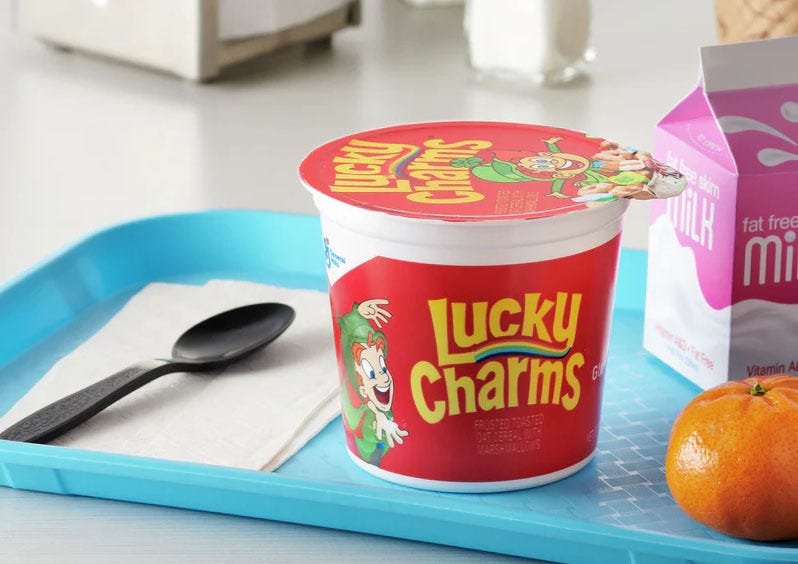Government-funded wellness policies are implemented in public schools to promote the overall health and well-being of students. According to federal law, each school participating in the National School Lunch Program or other federal child nutrition programs is required to develop a wellness policy. These policies are designed to set guidelines around nutrition, physical activity, and overall student wellness. Schools are responsible for creating their own wellness policies in alignment with federal standards and are subject to audits to ensure compliance.
For example, many public schools develop wellness committees that consist of parents, school administrators, teachers, and even students. These committees are tasked with setting health-related goals and developing strategies to promote healthy eating, physical activity, and nutrition education. During audits, schools are reviewed to ensure they are meeting set objectives and adhering to federal and state guidelines. However, while these programs may appear to have noble intentions, the reality is that many of these so-called "wellness" initiatives have little to do with true health and wellness.
The Wellness Policy Deception
In the aftermath of the COVID-19 pandemic, schools across the country began offering free breakfast to all students. At first glance, this may seem like a positive move, helping to ensure that no child goes hungry. However, upon closer inspection, it’s clear that what is being offered as "wellness" food is anything but.
Many children now eat breakfast at home and then receive a second breakfast at school, resulting in the consumption of large amounts of ultra-processed and sugar-laden foods. These “wellness” breakfasts are often nothing more than paper bags stuffed with highly processed items like sugary Kellogg’s cereals, which contain dangerous levels of sugar, glyphosate (a toxic herbicide used in grain production), and artificial food dyes linked to behavioral issues in children. Alongside these cereals, children might find Goldfish or Cheez-Its, followed by a juice box with little to no real juice or a low-quality carton of 2% milk filled with synthetic vitamins.
When followed up with a school lunch—often consisting of equally processed, nutrient-deficient foods—children are being fed a steady diet that can only be described as a toxic wasteland. Instead of promoting wellness, these programs are offering children foods loaded with preservatives, artificial colors, and unhealthy fats that contribute to a variety of health problems, including obesity, ADHD, and even long-term metabolic issues. This is far from what a wellness policy should be promoting.
Wellness Policies: Missing the Mark on True Nutrition
While school wellness policies claim to promote health, the truth is that they are focused more on fulfilling the minimum requirements of food programs than on truly nourishing children. The government-subsidized foods being offered do little to address children's genuine nutritional needs. The reality is that children are being fed cheap, highly processed foods that are marketed as healthy because they meet federal nutritional guidelines, despite being filled with toxic ingredients like high fructose corn syrup, glyphosate, and artificial dyes.
Unfortunately, many parents are unaware of the harmful substances in school food or believe they have no other options. Some make the excuse that they cannot afford to buy organic or healthier groceries, yet they might own the latest smartphones or have their children equipped with the newest technology. This is often an issue of misplaced priorities rather than true financial limitation. Even budget-friendly stores like Walmart offer affordable organic options, making healthier choices accessible to more families. The smallest effort to avoid the toxic nightmare of public school food can make a significant difference in a child’s health and well-being.
Simple Steps to Avoiding Toxic School Meals
It’s understandable that parents may feel overwhelmed by the idea of preparing healthier food for their children when schools are offering free meals. However, prioritizing your child's health doesn’t have to break the bank or consume all your time. A few simple changes can go a long way:
Pack Your Child’s Lunch: Preparing a lunch with whole foods, fruits, vegetables, and unprocessed snacks ensures that your child is eating a nutritious meal. Look for affordable organic options, and avoid highly processed packaged foods.
Choose Whole Fruits Over Juice Boxes: Instead of sending sugary juice boxes, pack whole fruits for snacks or lunches. They provide fiber, vitamins, and natural sugars without harmful additives.
Shop Smart: Many grocery stores, even budget-friendly options like Walmart, offer organic or minimally processed food options that are affordable. Prioritize whole, unprocessed foods over convenience foods loaded with chemicals.
Educate Your Child: Teach your child about the importance of eating real food and how their food choices affect their health. This empowers them to make better decisions when they are away from home.
By making a few small changes and prioritizing our children's health over convenience, we can avoid the toxic wasteland of public school food and provide them with the nourishment they need to grow and thrive. Wellness policies might promise health, but it’s up to us to ensure true wellness in our children’s lives by focusing on real, nutritious foods.




